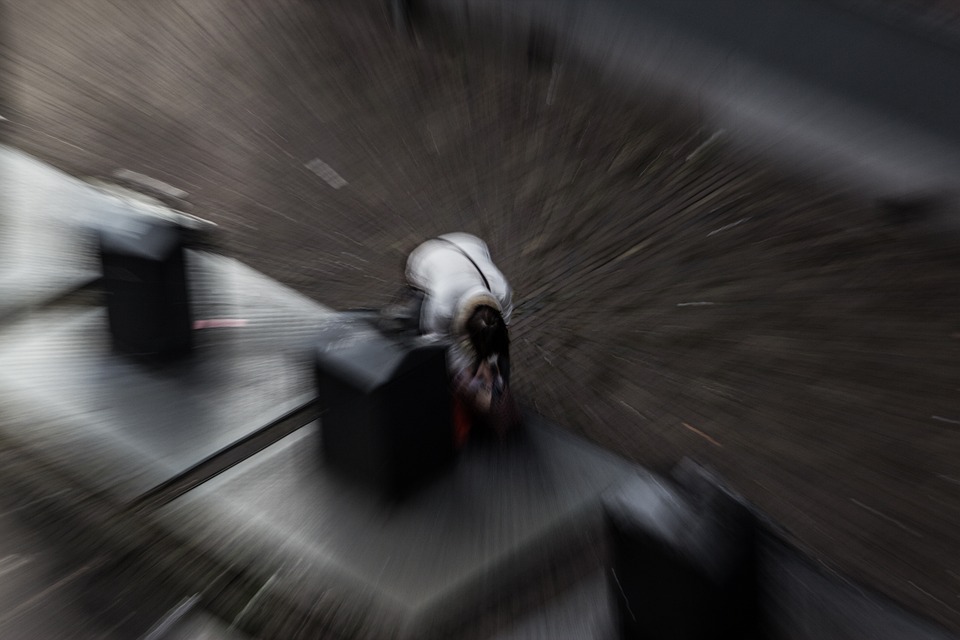The Unexpected Probability of Unique Birthdays: An Explainer
Have you ever stopped to think about the probability of having unique birthdays in a group of people? It’s a fascinating topic that has puzzled mathematicians and statisticians for centuries. In this article, we’ll delve into the world of probability and explore the unexpected likelihood of having unique birthdays.
The Problem
When you gather a group of people, it’s natural to assume that it’s highly unlikely that everyone will share the same birthday. But, surprisingly, the probability of this happening is much higher than you might think. In fact, with just 23 people in a room, the chances of at least two people sharing the same birthday are greater than 50%!
The Math Behind It
To understand why this is the case, let’s dive into the math. Imagine you’re dealing with a deck of cards, where each card represents a birthday. In a standard deck, there are 365 possible birthdays (ignoring February 29th for simplicity). Now, let’s assume you’re drawing cards one by one, without replacement, until you have a group of 23 people.
Using the formula for the probability of at least one pair in a deck of cards, we can calculate the probability of having at least two people sharing the same birthday. This probability is approximately 0.507, which means that there’s a 50.7% chance of at least two people sharing the same birthday in a group of 23.
The Surprising Consequences
So, what does this mean? Well, it means that in a group of 23 people, you’re more likely to find at least two people with the same birthday than you are to find 23 unique birthdays. This has significant implications for our understanding of probability and statistics.
For example, imagine you’re planning a party with 23 friends. You’re more likely to find at least two people with the same birthday than you are to find 23 unique birthdays. This means that you should probably plan for at least two birthday cakes, just in case!
The Image
Here’s an illustration of the probability of unique birthdays:
[Image: A graph showing the probability of unique birthdays in a group of people, with a peak at around 23 people]
Frequently Asked Questions
Q: Is this phenomenon limited to birthdays?
A: No, this phenomenon can be applied to any type of unique identifier, such as phone numbers or social security numbers.
Q: Does this mean that I’m more likely to find two people with the same birthday in a group of 23 than I am to find two people with the same phone number?
A: Yes, that’s correct. The probability of at least two people sharing the same birthday is higher than the probability of at least two people sharing the same phone number.
Q: Can I use this phenomenon to my advantage in some way?
A: Yes, you can use this phenomenon to create interesting statistical experiments or games. For example, you could ask a group of people to guess the number of unique birthdays in a group of 23, and see who comes closest to the correct answer.
Q: Is this phenomenon only relevant in groups of 23 people?
A: No, this phenomenon can be applied to groups of any size. However, the probability of at least two people sharing the same birthday increases as the size of the group increases.
Q: Can I use this phenomenon to predict the likelihood of unique birthdays in a specific group of people?
A: Yes, you can use this phenomenon to estimate the likelihood of unique birthdays in a specific group of people. However, keep in mind that this is a statistical phenomenon, and there are many variables that can affect the outcome.
In conclusion, the probability of unique birthdays is a fascinating topic that has significant implications for our understanding of probability and statistics. Whether you’re planning a party or simply curious about the math behind it, this phenomenon is sure to delight and intrigue.


